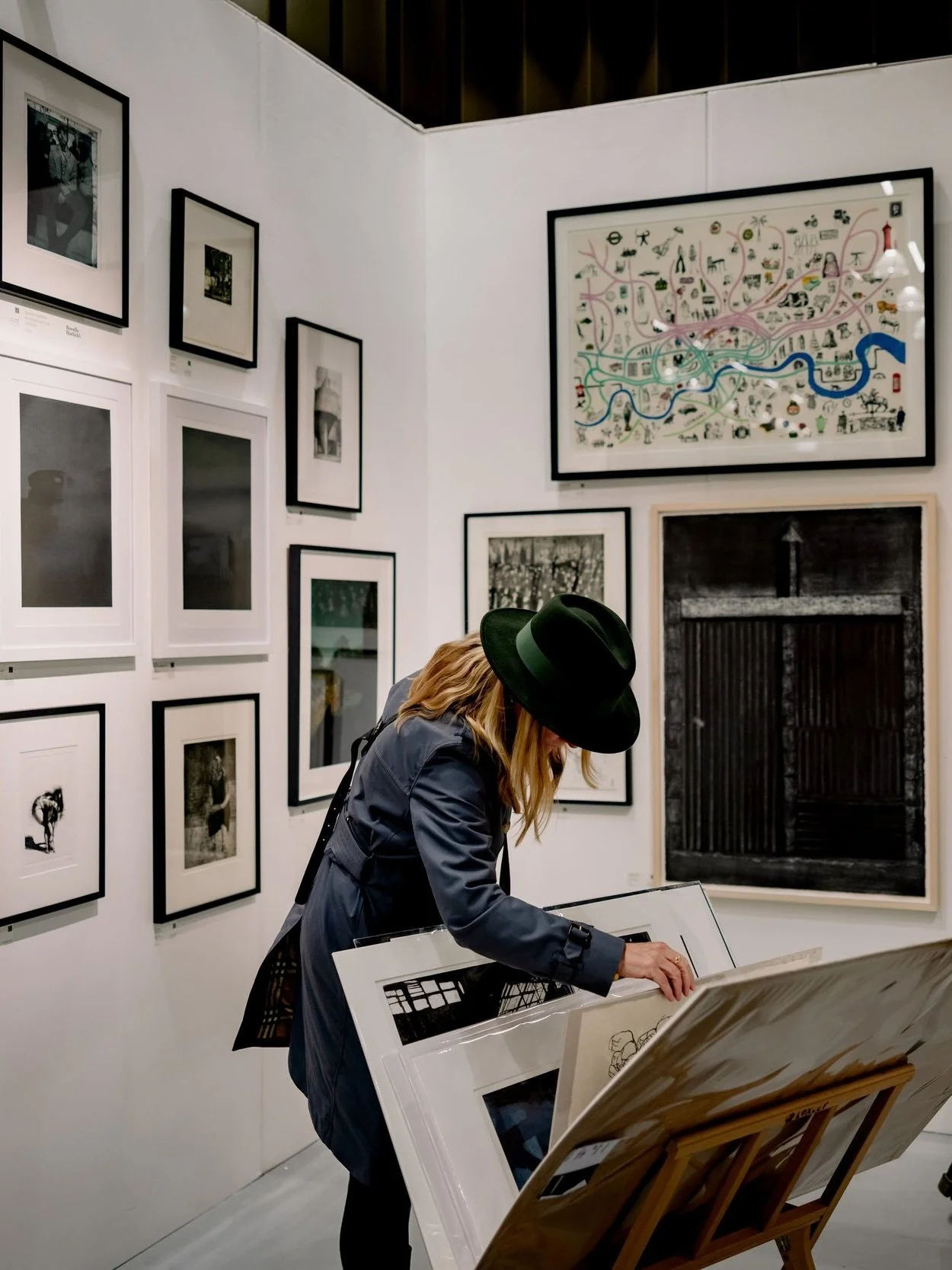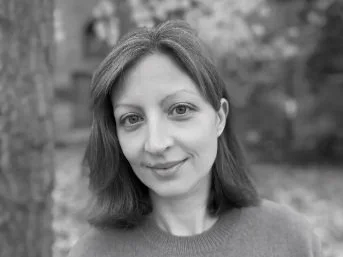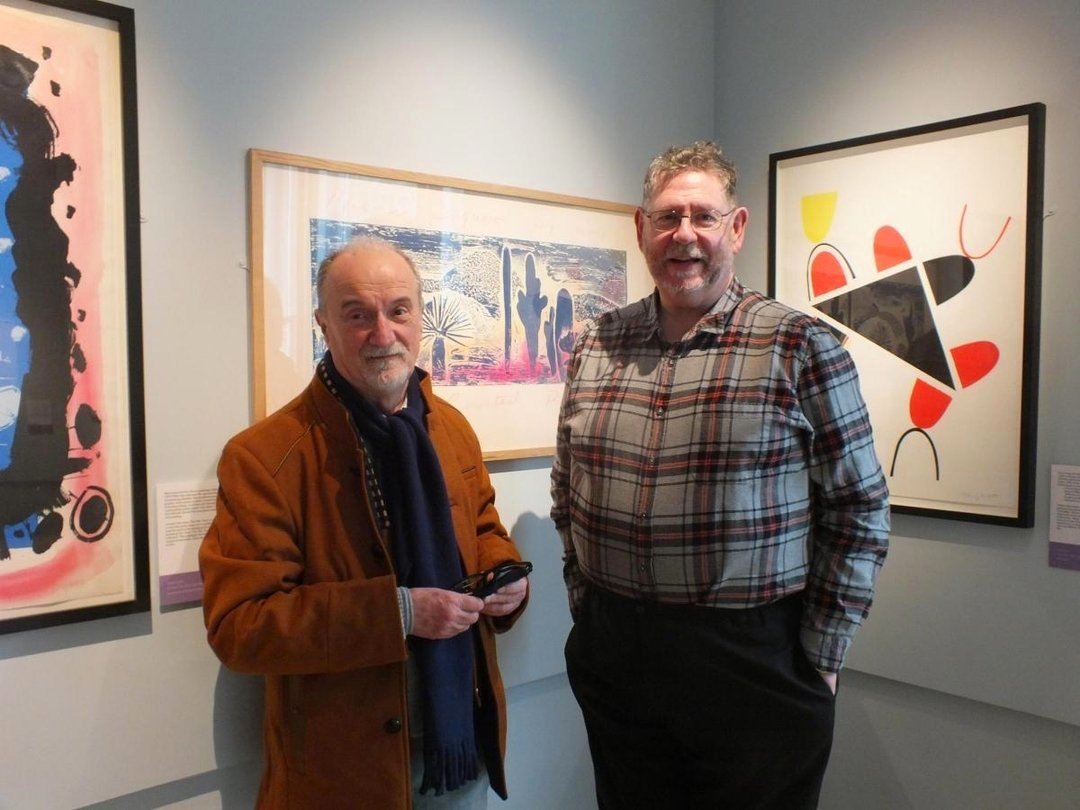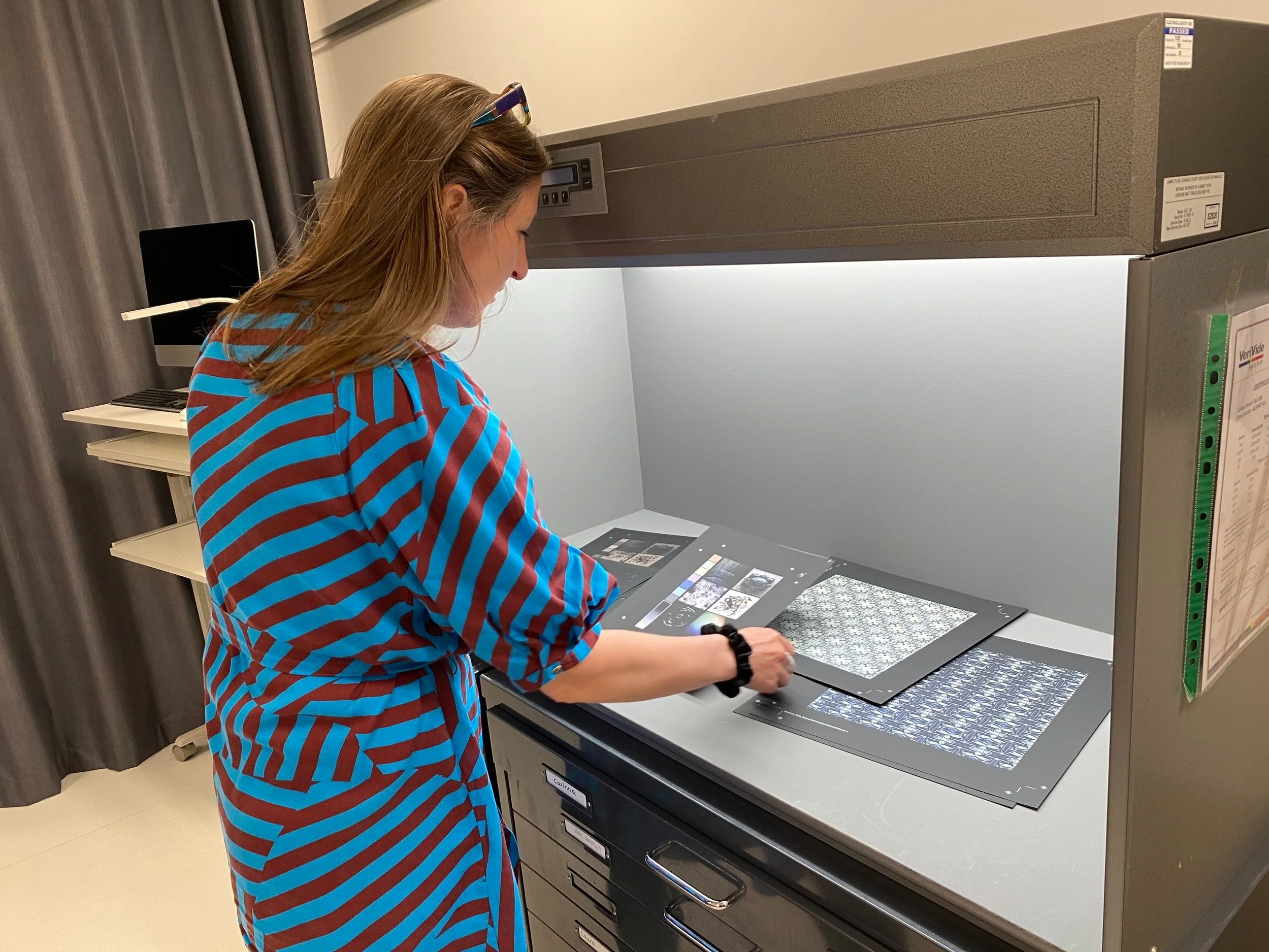ARTIST OPEN CALL | PANEL’S TOP TIPS
OUR WCPF PANEL OF EXPERTS haVE given THEIR top tips for applying TO OUR INTERNATIONAL ARTIST OPEN CALL.
A useful guide of tips, do’s and don'ts to understand what our panel are looking for when it comes to reviewing applications!
To keep the hang completely democratic and fresh each year, we have an annually-changing panel of industry experts with varying taste and expertise who carefully review each application individually & anonymously on a piece-by-piece basis.
Carolin von massenbach, Director of Prints and Multiples at Bonhams, London
Be free and brave! Don’t be influenced by the trends, be true to yourself and follow your own style. Explore creative boundaries both with technique and subject.
Catherine Daunt, Hamish Parker Curator of Modern & Contemporary Graphic Art AT THE BRITISH MUSEUM
Believe in your work. Don’t go out of your way to fit in with current trends or, for that matter, what you think the panel will like. Your difference may be your greatest strength. And take good photographs!
Gita Joshi, CURATOR & HOST OF THE CURATORS SALON PODCAST
You can submit images to the open call from a single series or body of work. Most artists work in series or collections. Using images from a single collection for an open call presents a cohesive submission. While it can be tempting to show the whole range of your practice and enter images from different collections, the result can often come across as disparate and this does not always work in the artist's favour. Part of understanding your own work is the editing process!
A cohesive body of work helps in a number of ways, including helping jurors understand the artist and the submission itself. It can help visitors, to the exhibition or your website, understand the work you create or offer for sale, much more easily than having a disjointed presentation. If you are someone who has several collections or series and are keen to show many of them, use one series per open call. Thus giving each an opportunity to be shown in the world, while at the same time keeping a professionalism in your submissions.
Mark Golder & Brian Thompson, ART COLLECTORS & DONORS AT PALLANT HOUSE GALLERY
Ask yourself: what visual impact do I want to achieve in a Fair setting where I cannot control the physical context in which my work will be seen? (Size, colour, subject-matter can all come into play.)
Lizzie Glendinning, WCPF CO-FOUNDER & CURATOR
Clear imagery! Please send images of the artwork only. No hands holding up works of art, or situating the work in some sort of mise en scene. It is important that the work itself is the focus, that it is a good quality photograph, and captured straight on.
This doesn’t only help our panel get the best view possible of your work, it is also key for marketing purposes should you be successful, i.e. sending to journalists, using as lead images etc.
Isatu Funna, FOUNDER & DIRECTOR OF DAR LEONE
Be your own toughest critic and highlight your strongest work!
Reassess your work from different stages to narrow down the ones with the strongest sense of your artistic vision and what you would like to highlight.
Verity Babbs, Art Critic-Comedian & Presenter
The artist statement you’ll need to supply is 200 words max - this isn’t a lot! Excellent statements may well be even shorter than that. You're going to need to really get to the core of who you are as an artist.
Make sure that in your statement you’re getting across why the work you make is significant and unique. This is as - if not more - important than reeling off a list of where you have already exhibited.
Carinna Parraman, DIRECTOR OF THE CENTRE FOR PRINT RESEARCH
Tell us about your tools! Printmaking can be amazingly complicated that may combine a range of tools, or very straightforward such as a monoprint. It would be great to know the range of tools, materials and processes you have used.
For example image capture (film or digital camera, camera obscura?) for drawing (ipad, sketchpad, found objects), engraving tools (lino, Dremel, laser?), type of plate for etching (plastic, copper, steel?), type of 3D printer?
For inspiration you could take a picture of the tools that you used and share them on Instagram with the tag #letstalktools @woolwichcontemporaryprintfair
ZELGA MILLER, ARTIST & winner of printmaker’s printmaker award
Trust yourself. Listen to your gut feeling about your work & don’t canvas too many opinions - listen to your voice. Remember it’s ‘your’ work, feel good about it & then ‘let it go’ as they say! Send in your ‘new stuff’ and see what happens.










